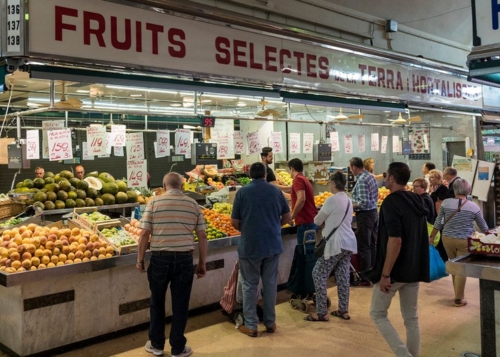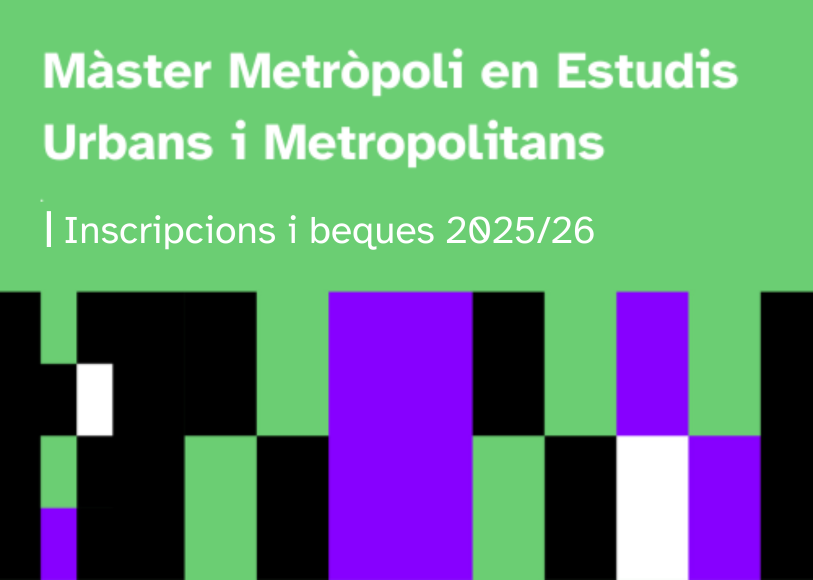Displaying geographic variability of peri-urban agriculture environmental impacts in the Metropolitan Area of Barcelona: A regionalized life cycle assessment
Títol de la revista o publicació:
Science of The Total Environment
Volum:
Volume 858 Part 1
Autors/es:
- Angelica Mendoza Beltran (ICTA-UAB)
- Roc Padró (UAB)
- Maria José La Rota-Aguilera (Institut Metròpoli)
- Joan Marull (Institut Metròpoli)

- Matthew J. Eckelman (Northeastern University)
- Jacob Cirera (AMB)
- Annalisa Giocoli (AMB)
- Gara Villalba (ICTA-UAB)
[*] Autor a qui s'ha d'adreçar la correspondència.
Data de realizació:
2022
Resum:
Peri urban agriculture (peri-UA) can supply food locally and potentially more sustainably than far-away conventional agricultural systems. It can also introduce significant environmental impacts depending on the local biophysical conditions and resources required to implement it and, on the crops managing practices, which could vary widely among growers. Sophisticated methods to account for such variability while assessing direct (on-site) and indirect (up/down stream) environmental impacts of peri-UA implementation are thus needed. We implemented an attributional, regionalized, cradle-to-gate life cycle assessment (LCA) for which we derive spatially explicit inventories and calculate 14 impacts due to peri-UA using the ReCiPe method. Further, to show the importance of impact assessment regionalization for the environmental assessment of peri-UA, we regionalize eutrophication impacts characterization. We use the Metropolitan Area of Barcelona (AMB) to illustrate these methodological developments. Vegetables and greenhouses, the prevalent peri-UA land uses, had the largest impacts assessed, of all peri-UA land uses. European NPK mineral fertilizer production to cover N demand of these crops drives all impacts. For fruit crops, on-site N emissions drive marine eutrophication impacts and for irrigated herbaceous crops, phosphate runoff drives freshwater eutrophication impacts. Geographic variability of peri-UA metabolic flows and impacts was displayed. Management practices at the plots, which are linked the land use, are responsible for impacts variability. Regionalization of eutrophication impacts highlights the importance of accounting for the biophysical aspects at the geographic scale at which peri-UA takes place, which is a much finer scale than those implemented in current regionalization of impact assessment methods in LCA. This study provides a fundamental baseline needed to assess transition scenarios of peri-UA at an appropriate geographic level of analysis and gives essential knowledge to guide appropriate circular and sustainability strategies for the sector.
DOI:
10.1016/j.scitotenv.2022.159519
Llegeix l'article Displaying geographic variability of peri-urban agriculture environmental impacts in the Metropolitan Area of Barcelona: A regionalized life cycle assessment
Mendoza Beltran, A. [Angelica]; Padró, R. [Roc]; La Rota-Aguilera, M J. [Maria José]; Marull, J. [Joan]; J. Eckelman, M. [Matthew]; Cirera, J. [Jacob]; Giocoli, A. [Annalisa]; Villalba, G. [Gara]. (2022). Displaying geographic variability of peri-urban agriculture environmental impacts in the Metropolitan Area of Barcelona: A regionalized life cycle assessment. Science of The Total Environment, Volume 858 Part 1, .https://doi.org/10.1016/j.scitotenv.2022.159519
https://www.institutmetropoli.cat/ca/articles-a-revistes/displaying-geographic-variability-of-peri-urban-agriculture-environmental-impacts-in-the-metropolitan-area-of-barcelona-a-regionalized-life-cycle-assessment-science-of-the-total-environment/












